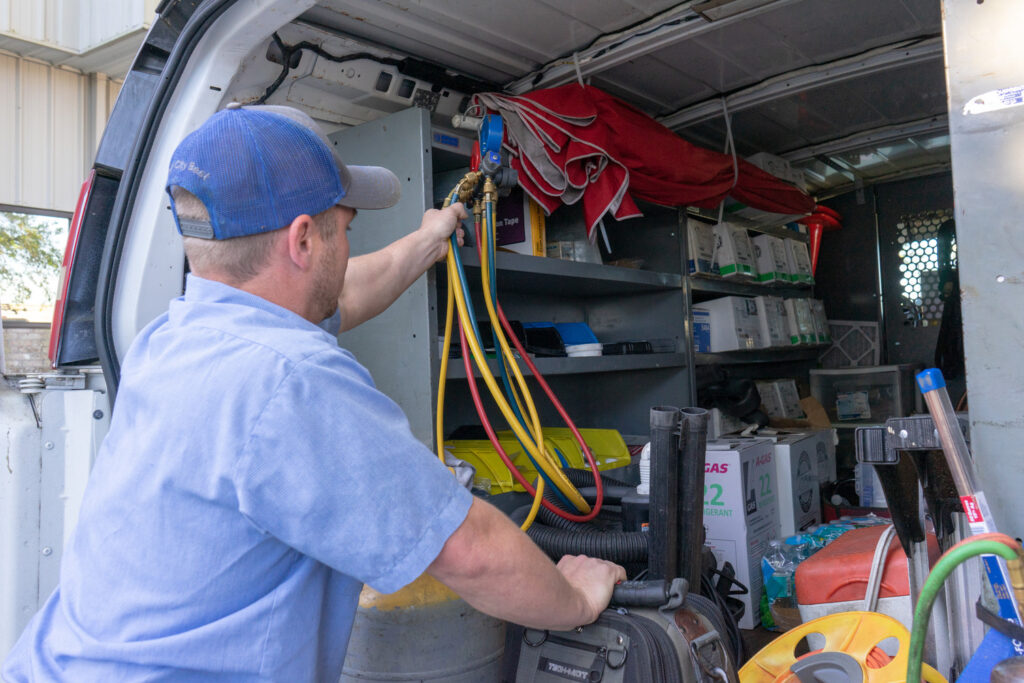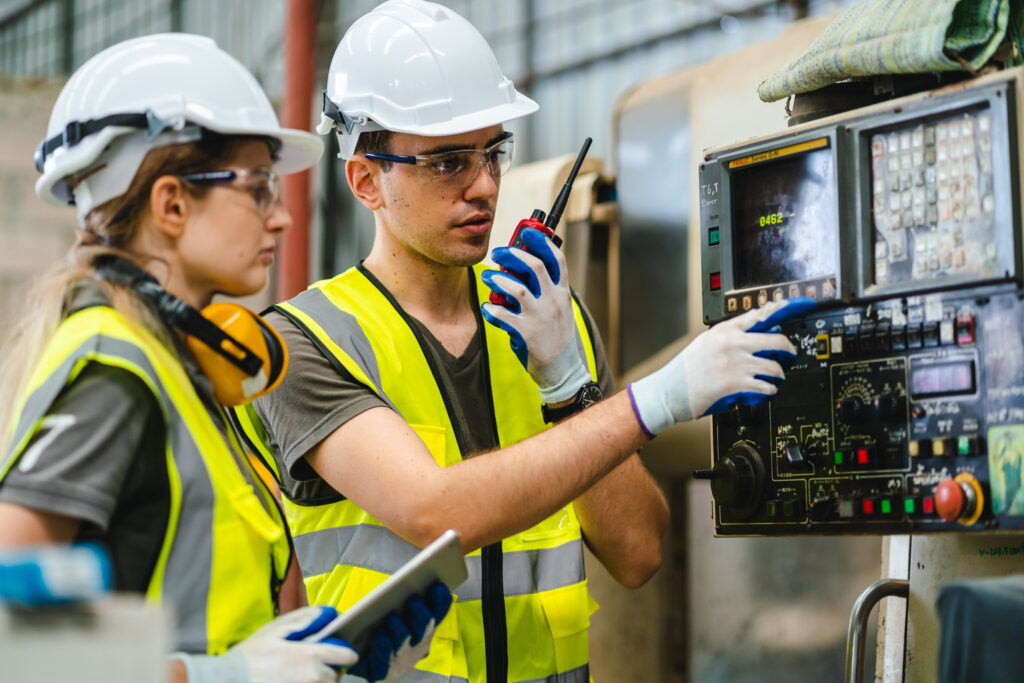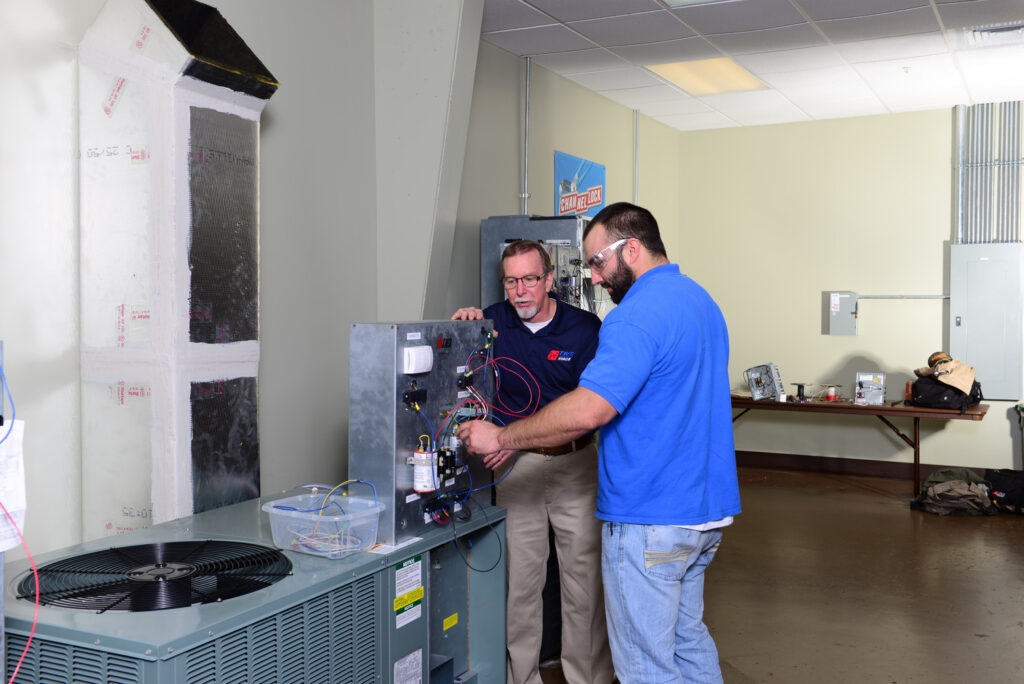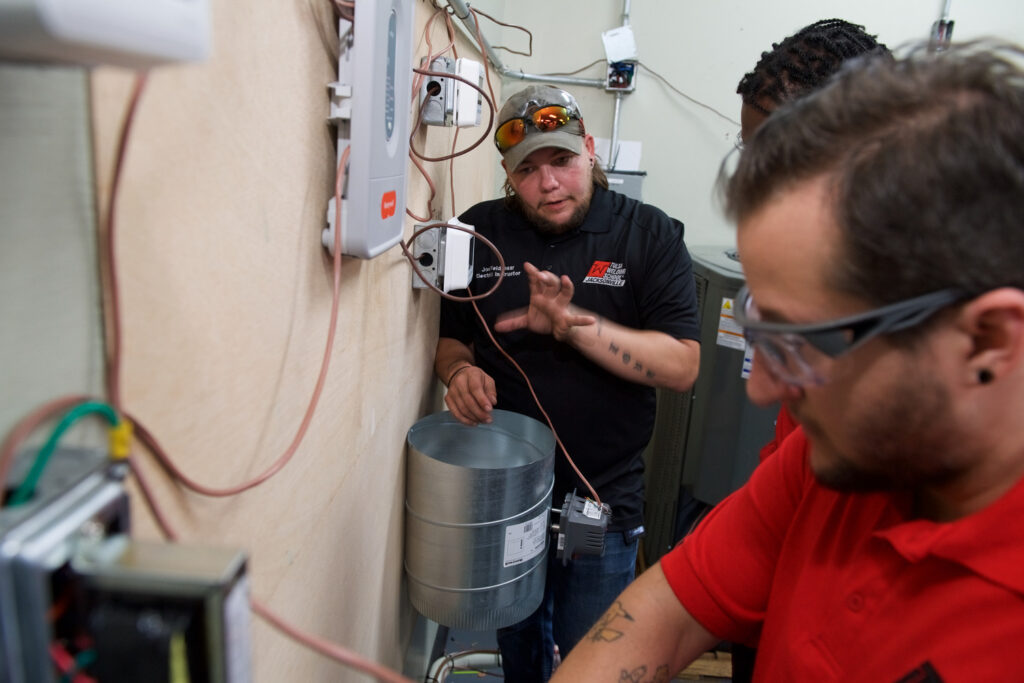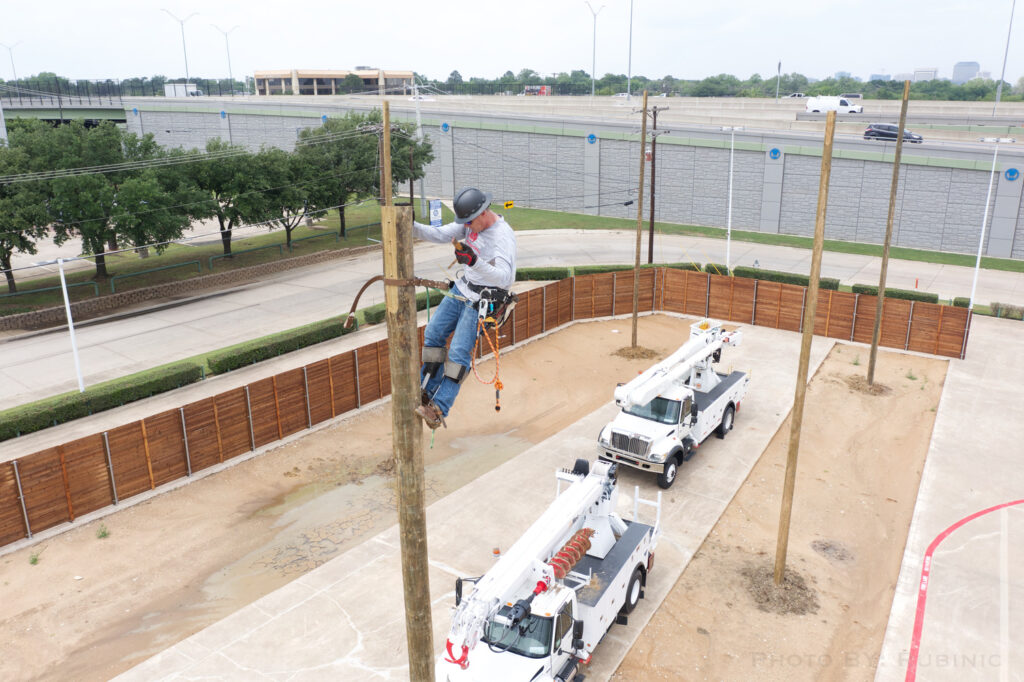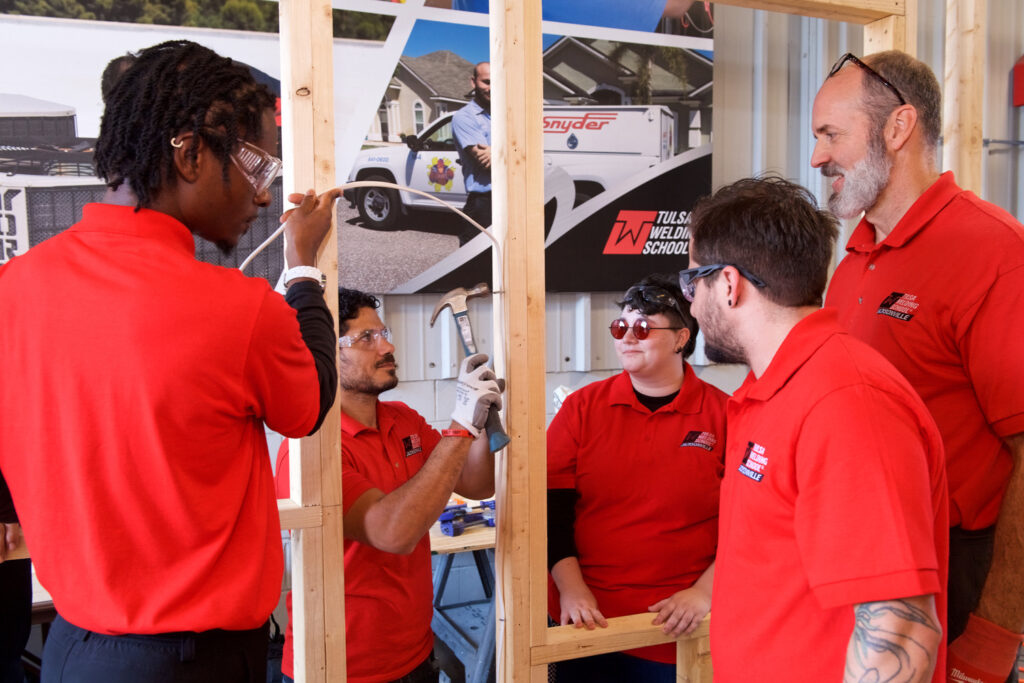HVAC Post-Training & Continual Education Options
Completing an HVAC training program may feel like a big step in one’s career, but it may only be the beginning of your professional journey. The field of heating, ventilation, air conditioning, and refrigeration (HVAC/R) is constantly evolving. As new technologies enter the […]
Read More about HVAC Post-Training & Continual Education Options